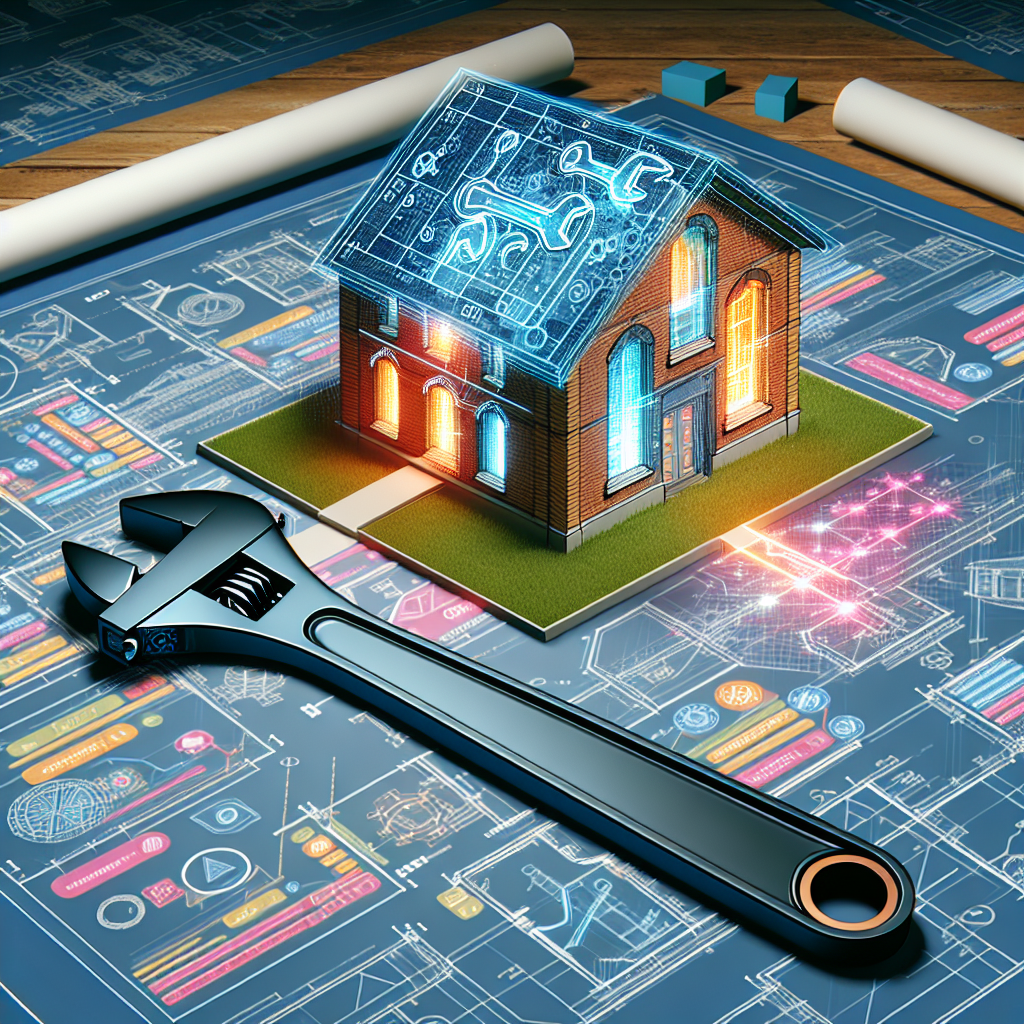As cities and municipalities around the world continue to grow and evolve, ensuring that buildings are constructed in compliance with building codes and regulations is of utmost importance. Building codes are put in place to ensure the safety, accessibility, and sustainability of buildings, as well as to protect the health and welfare of the public. However, enforcing these codes can be a complex and time-consuming process, often requiring extensive manual inspections and paperwork.
In recent years, advancements in artificial intelligence (AI) technology have presented an opportunity to streamline and improve the process of building code compliance. By leveraging AI, cities and municipalities can more efficiently and effectively enforce building codes, ultimately leading to safer and more sustainable built environments.
One of the key ways in which AI can be used to improve building code compliance is through the use of computer vision technology. Computer vision algorithms can be trained to analyze images and videos of construction sites to identify potential code violations. For example, AI can be used to detect structural defects, improper material usage, and other non-compliant practices on construction sites. By automating this process, cities and municipalities can significantly reduce the time and resources required for manual inspections.
Another way in which AI can be leveraged for building code compliance is through the use of natural language processing (NLP) technology. NLP algorithms can be used to analyze building plans and permit applications to identify potential code violations before construction begins. By automatically flagging potential issues, cities and municipalities can work with developers to address them early in the construction process, ultimately saving time and money for all parties involved.
Additionally, AI can be used to analyze building energy usage data to ensure compliance with energy codes and regulations. By monitoring energy consumption in real-time, cities and municipalities can identify buildings that are not meeting energy efficiency standards and take action to bring them into compliance. This not only helps to reduce energy waste and greenhouse gas emissions, but also helps building owners save on energy costs in the long run.
Overall, leveraging AI for building code compliance offers a number of benefits for cities, municipalities, developers, and building owners. By automating the process of code enforcement, AI can help to reduce the time and resources required for manual inspections, improve the accuracy of compliance assessments, and ultimately create safer and more sustainable built environments.
FAQs:
1. How does AI technology improve building code compliance?
AI technology, such as computer vision and natural language processing, can be used to automate the process of code enforcement. By analyzing images, videos, and documents related to construction projects, AI algorithms can identify potential code violations and flag them for further inspection. This helps to streamline the compliance process and ensure that buildings are constructed in accordance with building codes and regulations.
2. What are the benefits of using AI for building code compliance?
Using AI for building code compliance offers a number of benefits, including reduced time and resources required for manual inspections, improved accuracy of compliance assessments, and increased safety and sustainability of built environments. By automating the process of code enforcement, cities and municipalities can more efficiently enforce building codes and ensure that buildings are constructed to the highest standards.
3. How can building owners and developers leverage AI for compliance?
Building owners and developers can leverage AI technology to ensure that their buildings are constructed in compliance with building codes and regulations. By using AI to analyze building plans, permit applications, and energy usage data, building owners can identify potential code violations early in the construction process and take action to address them. This not only helps to ensure compliance with building codes, but also helps to save time and money in the long run.
4. Is AI technology reliable for building code compliance?
While AI technology is still relatively new in the field of building code compliance, it has shown great promise in improving the efficiency and accuracy of compliance assessments. By continually training and refining AI algorithms, cities and municipalities can ensure that the technology remains reliable and effective in identifying code violations and enforcing building codes.
5. What are some potential challenges of using AI for building code compliance?
One potential challenge of using AI for building code compliance is the need for ongoing training and refinement of algorithms to ensure accuracy and reliability. Additionally, there may be concerns about data privacy and security when using AI to analyze images, videos, and documents related to construction projects. However, by addressing these challenges and implementing proper safeguards, cities and municipalities can leverage AI technology to improve building code compliance and create safer and more sustainable built environments.

